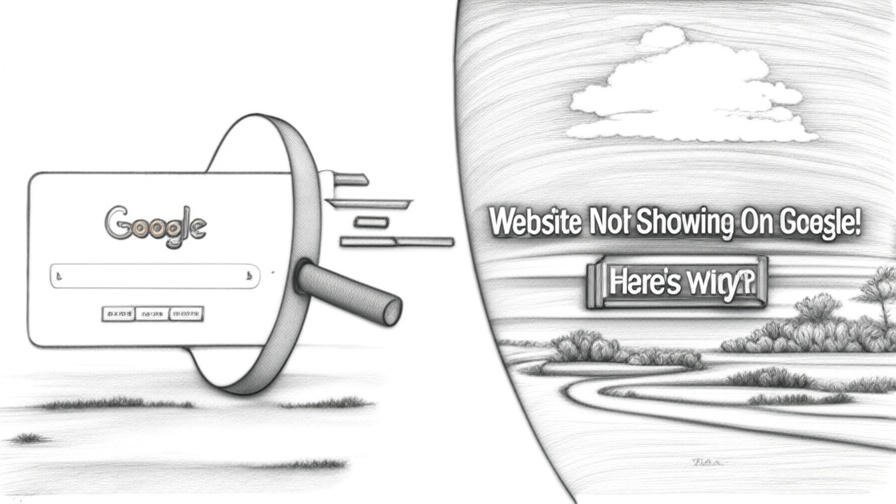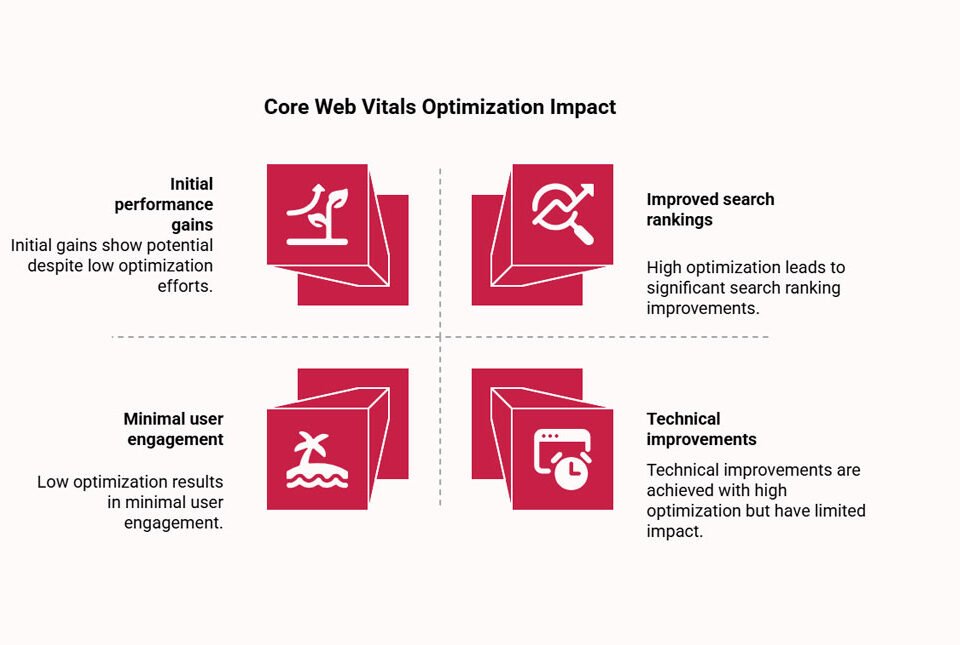- Have any Query ?
- +91-7008562317
- +91-9438140285
- webmaster@sitsindia.co.in
Neumorphism in Modern Web Design

Exploring the Role of Neumorphism in Modern Web Design
In the ever-evolving world of web design, new trends emerge and fade with each passing year. One such trend that has captured the attention of designers and developers alike is Neumorphism. This unique style seeks to bridge the gap between the physical and digital worlds, creating interfaces that are both visually appealing and user-friendly.
Understanding Neumorphism
Neumorphism is a design approach that utilizes soft shadows and subtle highlights to create a sense of depth and dimension on flat surfaces. It draws inspiration from Skeuomorphism, a design style that mimics real-world objects, but differentiates itself by employing a more minimalistic and refined aesthetic.
Key Characteristics of Neumorphism:
- Soft shadows and highlights: These elements create a sense of relief and dimensionality, making interface elements appear to protrude or recede from the background.
- Minimalistic color palettes: Neumorphism typically employs a limited range of colors, often with a focus on neutral tones like white, gray, and black. This helps to maintain a clean and uncluttered look.
- Simple shapes and forms: Neumorphic elements typically feature simple shapes and rounded corners, further emphasizing the minimalistic aesthetic.
Applications of Neumorphism in Web Design
Neumorphism can be applied to various elements of a web design, including:
- Buttons: Neumorphic buttons provide a clear visual indication of their state, making them easy to identify and interact with.
- Cards and elements: Neumorphic cards and elements add depth and dimension to the interface, making them stand out from the background.
- Navigation menus: Neumorphic navigation menus provide a clear hierarchy and visual cues, guiding users through the website with ease.
Benefits of Neumorphism in Web Design
Neumorphism offers several benefits for web design:
- Visual appeal: Neumorphic interfaces are visually appealing, capturing attention and creating a sense of elegance and sophistication.
- User-friendliness: Neumorphic elements are easy to understand and interact with, improving the overall user experience.
- Versatility: Neumorphism can be adapted to various design styles and can be applied to a wide range of websites and applications.
Considerations When Using Neumorphism
While Neumorphism offers several advantages, it’s important to consider some potential drawbacks:
- Readability: Neumorphism’s subtle shadows and highlights may make text difficult to read, especially for users with visual impairments.
- Contrast: Neumorphic elements may blend too seamlessly with the background, affecting contrast and making them less distinguishable.
- Accessibility: Neumorphism’s reliance on shadows and highlights may pose challenges for users with disabilities, such as those with low vision.
Balancing Neumorphism with User Needs
To effectively utilize Neumorphism, designers should carefully consider its impact on readability, contrast, and accessibility. By striking a balance between aesthetics and usability, Neumorphism can enhance the overall user experience.
Conclusion: Neumorphism as a Design Choice
Neumorphism has emerged as a significant trend in modern web design, offering a unique and visually appealing approach to creating user interfaces. While it’s important to address accessibility concerns, Neumorphism, when implemented thoughtfully, can enhance the user experience and add a touch of elegance to web designs. As the digital landscape continues to evolve, it will be interesting to see how Neumorphism adapts and integrates with future design trends.



